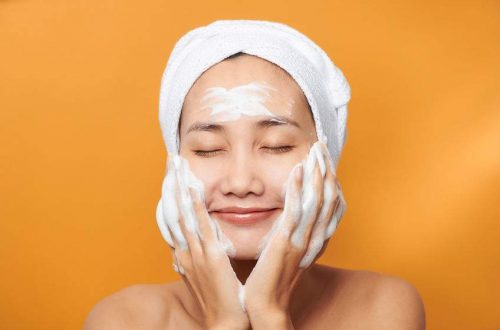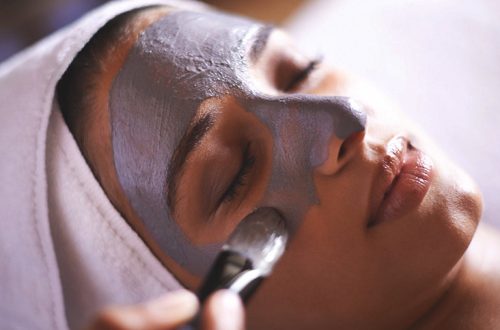The Gua Sha stone: what is it and what benefits does this ancient Chinese secret have?
The latest ‘beauty’ tool to become fashionable is jade or rose quartz stone with which to perform facial massages that manage to eliminate fluid retention and reduce expression wrinkles. The world of beauty does not stop innovating and, when we had already learned to use facial rollers correctly, a new beauty instrument comes into our lives that is nothing more than a stone. Yes, a stone, but not just any stone because it has an oriental name, Gua Sha, and it is already considered an essential that cannot be missing from our care routine.
Facial rollers: what they are for and how to use the latest in beauty
Although it is a novelty, and still few know how to correctly pronounce its name, the truth is that Gua Sha is an ancient technique that is more than 2,000 years old and comes from China. This stone can have different designs, but the most common is a shape similar to that of a heart, a shape that seems casual but has been highly studied to be effective in different areas of the face and neck. The most common materials are rose quartz and jade and, it is best to accompany their use with oils, essences, or creams so that we can move them more smoothly through the skin.
Exactly our face has 43 muscles that are in continuous exercise when we carry out actions as daily as laughing, kissing, blinking, or frowning. They are muscles to which we barely pay attention and, like others in the body, also need a massage to keep them in shape. Massages with a Gua Sha stone have two main purposes. The first is to drain and eliminate fluid retention, and the second is to reaffirm facial skin to eliminate imperfections such as wrinkles.
If you want to make the most of the anti-aging benefits of the oriental Gua Sha system, we are going to explain everything you need to know so that you can make it the new partner in your routine. In addition to blurring the most superficial wrinkles, you will soon realize that this small gesture, which will only take you five minutes, will maximize the effects of the creams you use to take care of yourself.
How is Guasha used?
Gua Sha is a technique widely used in West Asia that consists of treating the skin with a smooth object to reactivate blood flow to increase the delivery of nutrients to the muscles, joints, and skin. Although their aesthetic use is focused on the face and neck, these stones can also be used in other areas of the body, such as the back, using greater pressure to relax the muscles and release tension.
Unsplash Rose Quartz Facial Roller & Serum & Gua Sha
To know how to use them correctly, the first thing we have to take into account is how we should preserve our stones. Experts recommend chilling it in the freezer for a few minutes before use or storing it in the fridge to enhance the effectiveness of the massage and the properties of the accompanying products that we use.
What is the best time to use it?
It is best to do it after removing makeup when our facial skin is completely clean and hydrated. Gua Sha is not a substitute for facial rollers, quite the contrary, you can combine both techniques. By joining their forces you will be able to increase their effectiveness because each one has a different purpose.
The massage should last between 3 and 5 minutes.
The Gua Sha stone must be used with a serum or oil in an exact amount to provide hydration. An excess can cause the stone not to come into contact with the skin and, therefore, not be effective. If we err on the side, we can damage the face because scraping on dry skin can cause tightness. We also have to take into account the pressure that must be exerted and that it will be moderate because the objective is none other than to relax the muscles to soften the lines of expression.
The correct massage must last between three and five minutes and must be repeated daily. You can start with the jaw area, sliding the Gua Sha upwards from the center to the earlobe. Then you continue with the forehead, imaginarily dividing it into three floors and sliding from the center outwards, starting at the highest strip and repeating the action on the next two levels.



